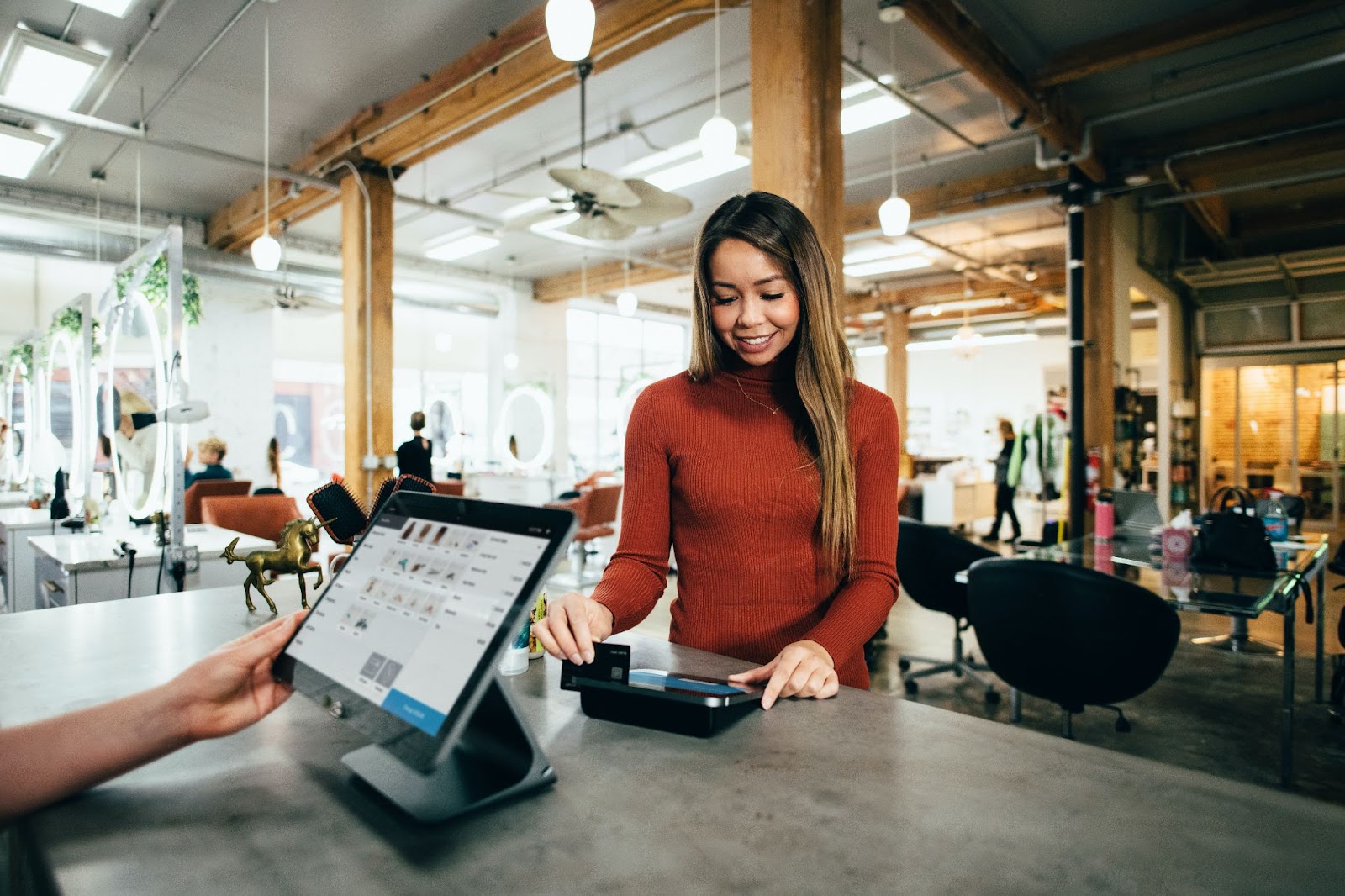
After the latest COVID-19 wave, the world is slowly grinding back to something like normal—with a pandemic twist. After a year and a half of pandemic closures and reopenings, day to day operations in many industries have changed. It isn’t just the medical industry that’s been making changes: everything from the hospitality industry to education has instituted new guidelines and practices that may last for a long time.
Here are some of the ways that COVID-19 has changed infection control policies and other procedures in the retail industry and for office workers.
Retail
Retail industries have largely reopened as before, though with caveats depending on the status of COVID-19 hospitalizations in their communities. Over the course of the pandemic, retailers turned to strategies like e-commerce and contactless curbside pick-up to cut down on in-store traffic, and these seem likely to stay. For in-store shopping, best practice guidelines include training employees to communicate with customers from a distance, rearranging store displays in order to encourage people to keep their distance, and a renewed emphasis on ventilation through fans.
Office Jobs
Some of the considerations at white-collar offices are the same as any other indoor workplace: the importance of creating well-ventilated spaces, maintaining social distancing, and how to safely use and disinfect conference rooms and communal rooms, like kitchens. Best practices involve regular cleaning and sterilization of high traffic areas, and shifting away from reception areas and other places where people tend to stand around, breathing. Offices are also staggering when people come in to limit numbers.
These preferences are starting to affect how new office buildings are being built: there’s a new fashion for buildings with natural lighting and outdoor access, such as balconies or gardens, where workers can distance from each other.
However, increased flexibility is reshaping office culture in profound ways. The biggest change? Many workers aren’t inclined to come back to the office at all. Working remotely can offer a flexibility that traditional offices don’t, and it seems likely that workplaces will build a more hybrid approach, allowing employees to come into the office only a few times a week. That’s having ripple effects on how meetings are held, and creating a boom in tracking software as workplaces surveil out-of-office employees.
Drifting Back Toward Normal
One thing that’s important to note, however: despite the increase in specific guidelines for dealing with COVID-19, a given workplace’s strictness is entirely defined by its workplace culture, and many guidelines are honored intermittently, if at all. Nonetheless, the pandemic has offered an opportunity for multiple industries to reset their workplaces and make them safer and more hygienic for everybody.
Life Balance Technologies helps hospitals and other companies easily analyze air quality conditions and effectively manage their HVAC systems. By streamlining the process for compliance, auditing, and reporting, we help reduce costs and save lives.





